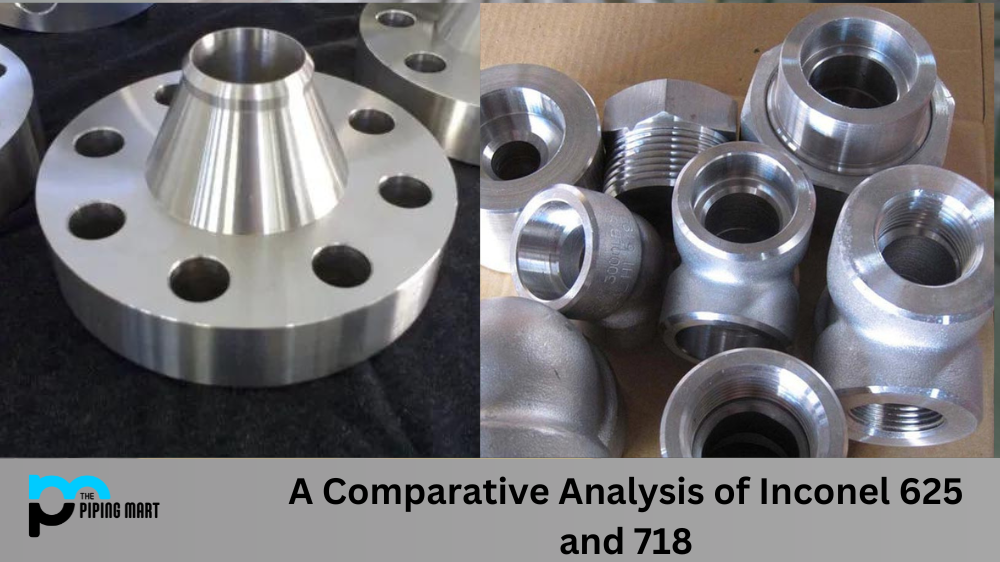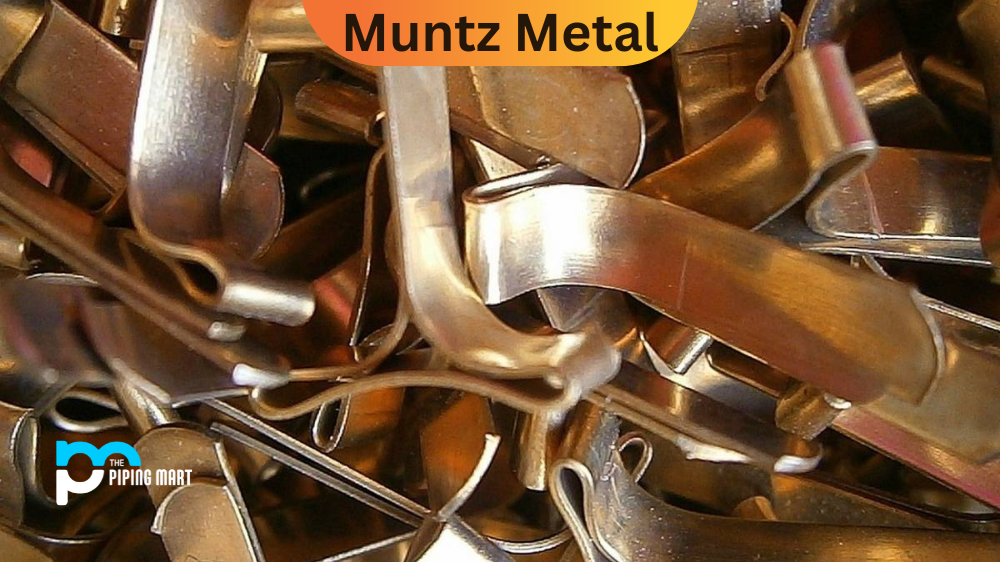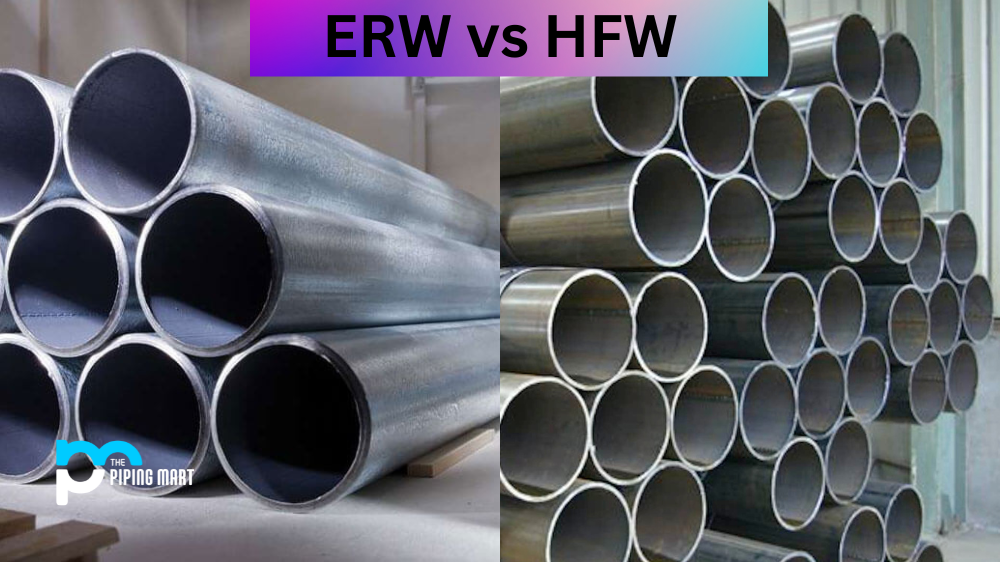Inconel is a nickel-chromium alloy known for its high strength, corrosion resistance, and heat resistance. Two of the most popular types of Inconel are 625 and 718. While they share many similarities, there are also some crucial differences. Let’s look at these two alloys to determine the better choice for your project.
Inconel 625 Properties
Inconel 625 is an austenitic nickel-base superalloy with excellent corrosion resistance in many environments. It has high strength properties up to 1300°C (2372°F) as well as good oxidation resistance up to 815°C (1499°F). It also has good weldability and formability, making it popular among metalworkers and engineers.
Inconel 718 Properties
In comparison, Inconel 718 is a precipitation-hardened nickel-based superalloy with superior mechanical properties at low and high temperatures. It has higher strength than Inconel 625 but has better fatigue strength, creeps rupture strength, and stress rupture strength compared to other materials at similar temperatures. It can withstand temperatures up to 700°C (1292°F). Additionally, it can be machined easily due to its superior workability characteristics.
Differences Between Inconel 625 vs. 718
The main difference between these two alloys lies in their respective strengths; Inconel 625 is stronger at high temperatures, while Inconel 718 is stronger at low temperatures. This means that when choosing an alloy for your project, you need to consider what temperature range you will be operating in before making your decision, as this will have a major impact on the performance of your product or part. Additionally, Inconel 718 also has superior workability characteristics compared to Inconel 625, so if you plan on machining your parts, this may be the better option.
Inconel 625 vs. 718 machinability
The machinability of Inconel 625 and 718 can vary significantly depending on the conditions, but generally Inconel 718 is somewhat easier to work with when it comes to lathing and other machining processes. While both offer excellent resistance to corrosion, fatigue and oxidation, Inconel 718 does have an advantage; it is less prone to work hardening which makes it more convenient and efficient for continued use in multiple machining operations. Furthermore, Inconel 718 has superior weldability compared to 625, making it ideal for production where welding may also be a factor. It’s also important to note that when machining, quality tools should be used with both alloys in order to maximize performance and longevity of materials.
Inconel 625 vs. 718 composition
When considering whether to use Inconel 625 or Inconel 718 composition in your project, there are lots of things to consider. Inconel 625 is composed primarily of nickel and chromium, while Inconel 718 is composed of nickel, chromium, niobium, and molybdenum. Depending on the application and environment, each has advantages over the other that must be weighed carefully before a decision is made. Both alloys have excellent corrosion resistance and great strength and durability in extreme conditions such as high temperatures, but have different effects when exposed to certain environments. Inconel 625 has good corrosion resistance in acidic solutions, but may not provide enough resistance for some applications requiring additional coverings during exposure to acidic solutions. On the other hand, Inconel 718 provides superior protection compared to 25 due its higher corrosion resistance and superior weldability qualities. Ultimately the choice between these two compositions will depend much on the job at hand so it’s important to understand all of their qualities before making a decision.
Inconel 625 vs. 718 corrosion resistance
Inconel 625 and Inconel 718 are two of the most commonly-used superalloys for industrial applications, with anti-corrosive properties being one of the key benefits. Inconel 625 is especially suited for sea water services, chemical processing and pressurized jets, since it processes excellent resistance to many forms of corrosion, including pitting due to chloride exposure. Meanwhile, Inconel 718 provides superior strength and general corrosion resistance to caustic and acidic environments, making it suitable in a variety of industries such as aerospace engineering and chemical processing. Both alloys offer important corrosion-resistant properties that make them attractive materials for specific fabrication proposals; however, it is worth noting that each alloy also has its own unique characteristics which should be taken into account when considering which metal is right for a particular application.
Conclusion:
Choosing between the two varieties of inconel can be challenging; however, understanding their properties can help make selecting the suitable material easier. Ultimately it comes down to what temperature range you will be operating in; if your application requires higher temperature operation, then Inconel 625 might be the best choice, while if you need something that works reliably at lower temperatures, then Inconel 718 might be more suitable for your needs. By understanding both alloys’ strengths and weaknesses, you can decide which material will best suit your application requirements.

A passionate metal industry expert and blogger. With over 5 years of experience in the field, Palak brings a wealth of knowledge and insight to her writing. Whether discussing the latest trends in the metal industry or sharing tips, she is dedicated to helping others succeed in the metal industry.




